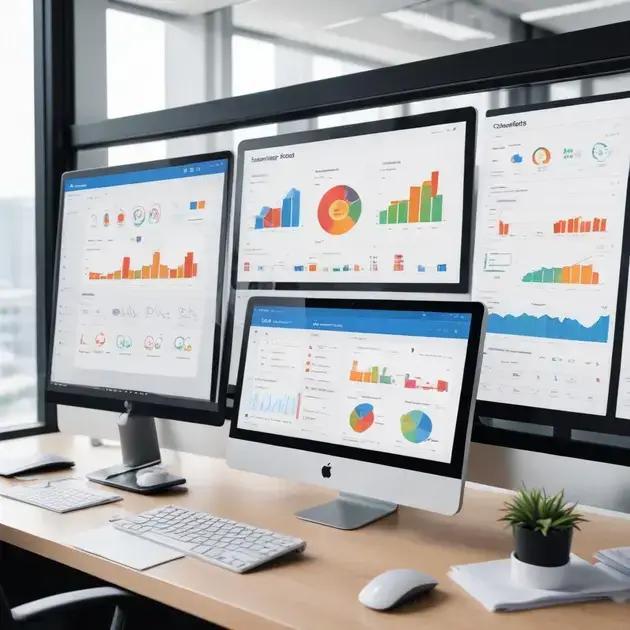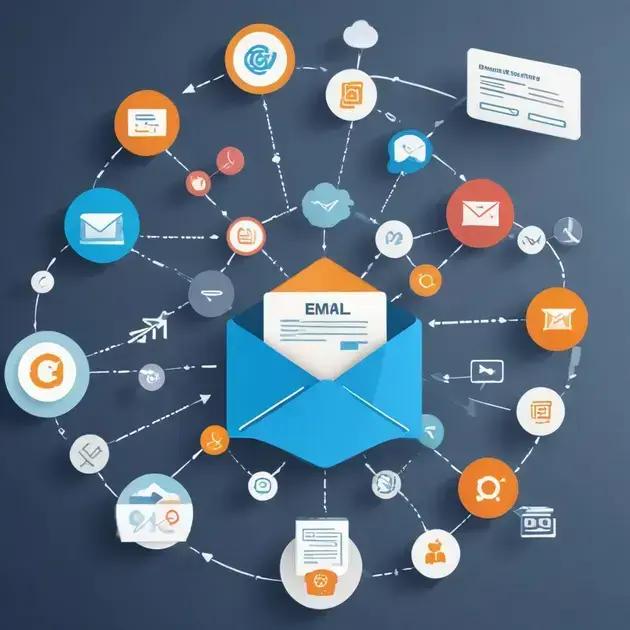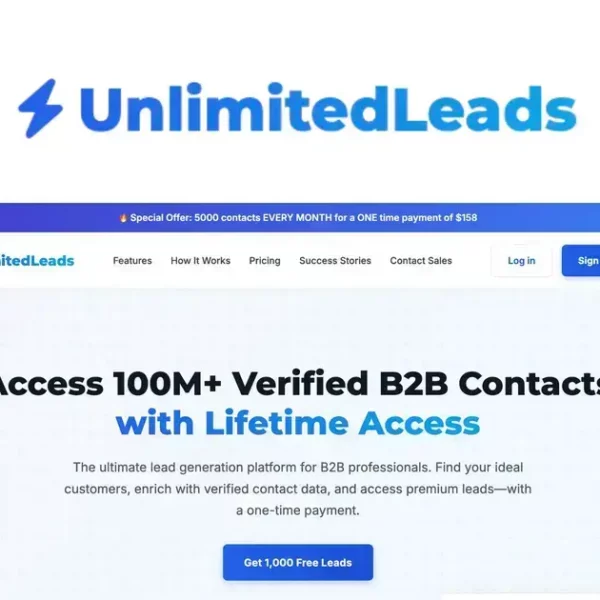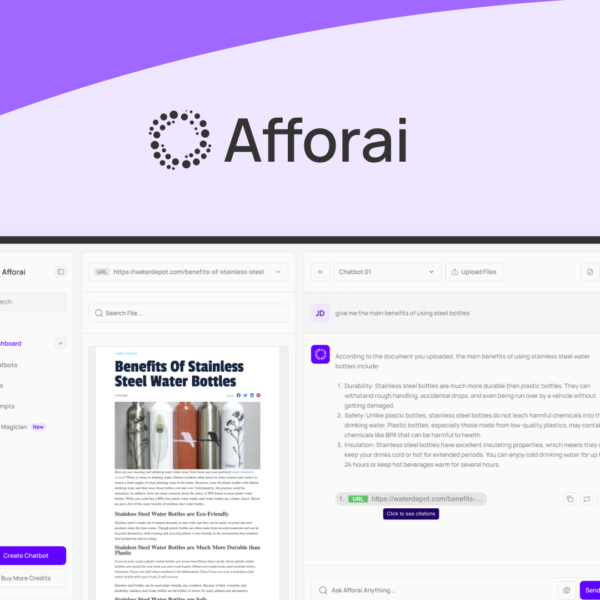Building a CRM system enhances customer relationship management by centralizing data, streamlining processes, and improving communication. Regular maintenance and integration with other tools ensure it meets evolving business needs, driving growth and customer satisfaction.
Are you ready to build a CRM system that transforms your customer interactions? A robust CRM system not only helps you keep track of your clients but also enhances their overall experience. In this article, we will dive into the essentials of creating a CRM tailored to your business needs, discussing its features, steps to build one, and how to keep it updated.
Why You Need to Build a CRM System
Building a CRM system is essential in today’s business environment. A strong CRM system can help your organization manage customer relationships more effectively, streamline processes, and improve communication. By centralizing customer information, businesses can create personalized experiences that lead to greater customer loyalty.
Enhancing Customer Relationships
A well-implemented CRM system allows you to easily access customer data, track interactions, and understand customer needs. By knowing your customers better, you can engage them more meaningfully and tailor your marketing strategies to suit their preferences.
Streamlining Business Processes
Building a CRM system automates various tasks such as data entry, appointment scheduling, and follow-ups. This not only saves time but also reduces human error, leading to smoother operations. Automation allows your team to focus on building relationships rather than getting bogged down by repetitive tasks.
Improving Communication
With a CRM system, communication within your team and with customers becomes more efficient. Information is easily shared, and everyone stays on the same page regarding customer interactions and status updates. This improves collaboration and helps in providing timely customer support.
Data-Driven Decision Making
By building a CRM system, you gather valuable insights about your customers and sales trends. This data helps you make informed decisions, adjust strategies, and identify new opportunities. The analytical capabilities can lead to enhanced forecasting and better planning for future growth.
Scalability and Flexibility
A CRM system can grow with your business. Whether you are a startup or an established company, having a customizable CRM lets you adapt as your needs change. You can add new features, integrate other software tools, and adjust the system as your customer base and operations evolve.
Key Features of an Effective CRM System

To build a successful CRM system, it is essential to include key features that enhance functionality and user experience. An effective CRM should address various business needs and optimize customer interactions.
Contact Management
A core feature of any CRM is robust contact management. It allows users to store detailed information regarding each customer, including contact details, interaction history, and preferences. With this feature, organizations can easily retrieve customer information and ensure personalized communication.
Sales Management
Sales management tools within a CRM help track leads and manage sales processes. This includes features like sales tracking, opportunity management, and performance analytics. Monitoring sales performance enables teams to optimize their strategies and close more deals.
Task Automation
An effective CRM should automate repetitive tasks such as follow-up emails, reminders, and reporting. This saves time and allows employees to focus on more critical aspects of customer relationships, enhancing overall productivity.
Reporting and Analytics
Analytics and reporting features are vital for evaluating business performance. A good CRM provides comprehensive dashboards that analyze customer interactions and sales metrics. These insights help businesses make data-driven decisions for improving strategies and achieving their goals.
Integration Capabilities
An effective CRM should seamlessly integrate with other tools and platforms used by your business, such as email marketing software, social media, and project management tools. Integration allows for better data sharing and collaboration across different departments.
Steps to Build Your Own CRM System
Building your own CRM system can seem daunting, but breaking it down into clear steps makes the process manageable. Here are the essential steps to guide you through creating a CRM that suits your business needs.
1. Define Your Goals and Requirements
The first step is to understand what you want your CRM to achieve. Identify your business processes and the features you need, such as contact management, sales tracking, and reporting. Setting clear goals helps in creating a focused and efficient system.
2. Choose the Right Technology
Select the technology stack that fits your business needs. This might include choosing a programming language, database, and front-end framework. Consider whether you want a cloud-based solution or an on-premises system, as this will affect scalability and maintenance.
3. Design the User Interface
A user-friendly interface is crucial for adoption. Design the layout to be intuitive and easy to navigate. Incorporate features like search functionality and dashboard views to help users access information quickly and efficiently.
4. Develop the System
Once the design is ready, it’s time to start development. Build the core functionalities such as data entry, user authentication, and reporting tools. Ensure you follow best practices for coding and testing to minimize bugs and enhance user experience.
5. Test and Iterate
After development, thoroughly test the CRM system for usability, performance, and security. Gather feedback from actual users to identify areas for improvement. Iterative testing and updates will make the system more robust and user-friendly over time.
6. Train Your Team
Training is essential for successful adoption. Conduct training sessions to educate users on how to use the CRM effectively. Provide support materials and ongoing assistance to ensure everyone is comfortable using the system.
Integrating Your CRM with Other Tools

Integrating your CRM system with other business tools is essential for maximizing its effectiveness. Seamless integration helps streamline processes, enhances data accuracy, and fosters collaboration across departments.
1. Identify Key Tools for Integration
Start by identifying the tools your business currently uses that can benefit from CRM integration. Common tools include email marketing platforms, project management software, and social media applications. Understanding which tools to integrate will help to create a more unified workflow.
2. Explore Integration Options
Most modern CRM systems offer various integration options, such as APIs, pre-built connectors, and webhooks. Explore the options available within your CRM to determine the best way to connect with other tools. Checking documentation and support forums can provide additional guidance.
3. Ensure Data Consistency
Data consistency is crucial for effective integration. Make sure that data formats and parameters match across all integrated systems. Regularly verify that information is correctly syncing to avoid discrepancies, which can lead to confusion and errors in decision-making.
4. Automate Workflows
Integrating your CRM with other tools enables workflow automation. For example, you can automate lead generation from email campaigns directly into your CRM or sync customer data from your CRM to accounting software. This saves time and minimizes the risk of manual input errors.
5. Monitor and Adjust Integrations
Once your integrations are live, continually monitor their performance. Look for any issues, such as data syncing errors or workflow disruptions. Adjust integrations and settings as needed to improve their effectiveness and resolve any challenges that arise.
Maintaining and Updating Your CRM System
Maintaining and updating your CRM system is vital to ensure it continues to meet business needs and operates efficiently. Regular maintenance helps prevent issues and keeps the system relevant in a fast-changing market.
1. Regular Data Cleanup
Over time, outdated or incorrect data can accumulate in your CRM. Conduct regular data cleanup to remove duplicates, outdated contacts, and inaccurate information. This helps improve data quality and ensures that your team works with reliable information.
2. Software Updates
Keeping your CRM software updated is crucial for security and performance. Regularly check for software updates from your CRM provider. Implementing updates can fix bugs, improve functionality, and introduce new features that enhance user experience.
3. User Training and Support
As updates and new features roll out, provide ongoing training for your team. This helps users adapt to changes and make the most of the CRM’s capabilities. Consider creating support resources, such as guides or FAQs, to assist users.
4. Collect User Feedback
Gather feedback from your team regularly to understand what is working well and what could be improved. Analyze user experience and engagement with the CRM. Use this feedback to make informed decisions about system updates or changes.
5. Regularly Review Workflows
As your business evolves, your CRM workflows may require adjustments. Schedule regular reviews of workflows to ensure they are still efficient and relevant. Adjust processes to reflect changes in your business strategy and customer interactions.
Wrapping Up Your CRM Journey
Building and maintaining a CRM system is crucial for managing customer relationships effectively. By understanding the key features, steps to build your CRM, and how to integrate it with other tools, you set your business up for success.
Regular maintenance and updates keep your CRM functional and relevant, helping you adapt to changing business needs. Remember to gather user feedback and provide training to maximize the system’s potential.
In the end, a well-maintained CRM system not only enhances customer satisfaction but also supports long-term business growth. Embrace these strategies to ensure your CRM works for you!
FAQ – Frequently Asked Questions about Building a CRM System
What is the main purpose of a CRM system?
The main purpose of a CRM system is to manage customer relationships effectively, streamline processes, and improve communication with clients.
How can I choose the right tools to integrate with my CRM?
Identify the business tools you currently use that can enhance your CRM functionality, such as email marketing platforms and project management software.
Why is regular data cleanup important for my CRM?
Regular data cleanup helps maintain data accuracy and reliability, ensuring your team works with the best information for making decisions.
What steps should I take to train my team on the CRM system?
Provide comprehensive training sessions and ongoing support resources to help your team understand and effectively utilize the CRM system.
How do I know if my CRM is still meeting my business needs?
Regularly review workflows and gather user feedback to assess the CRM’s performance and make necessary adjustments.
Can I customize my CRM system to fit my business requirements?
Yes, most CRM systems offer customization options that allow you to tailor features and workflows to match your specific business needs.




